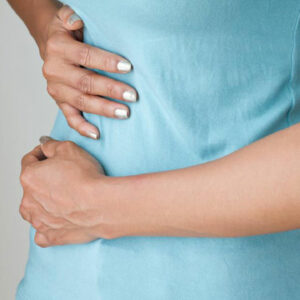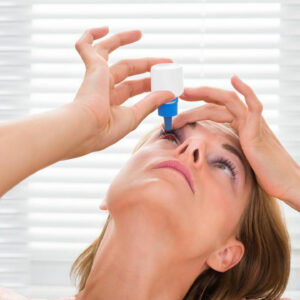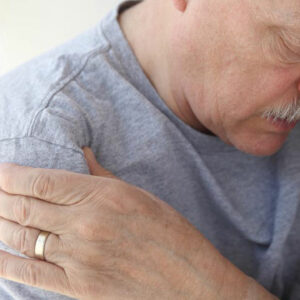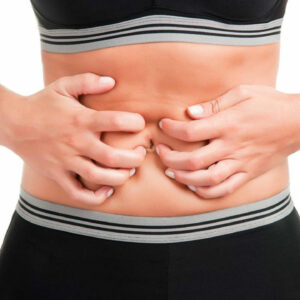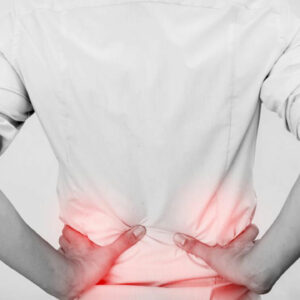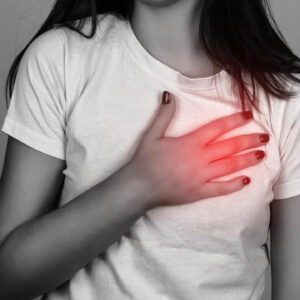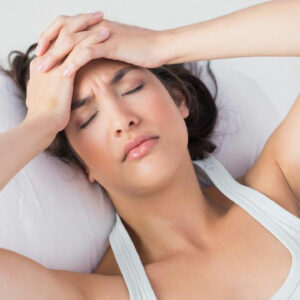
01
How to Identify the Symptoms of Huntington’s Disease
Huntington’s disease is a genetic disorder of the brain. This disease is untreatable and fatal due to cell damage of the nerves in the brain. The damage is usually severe and causes the nerves to dysfunction. In most cases of Huntington’s disease, the onset of the disease happens when the patient is in their thirties or forties. In some rare cases, symptoms are noticed in children as well. While there is no cure for Huntington’s disease, identifying Huntington’s disease symptoms early will help in the management of the disease. Here are the symptoms of Huntington’s disease. Early Symptoms The early symptoms of Huntington’s disease involve motor skills. These may include the following: Change in handwriting Difficulty in everyday physical activities Restlessness Clumsiness Mild twitching of fingers, toes, and even of the face Apart from these physical symptoms, there are also some subtle emotional and intellectual symptoms. Impulsiveness Short-term memory loss Bouts of depression and irritability Inability to manage new changes and schedules These symptoms are very generic and hard to diagnose as they can be mistaken for any other disease. There are many tests involved in the diagnosis of Huntington’s disease. Have a look at a few. Neurological Testing Reflex tests Muscle strength Co-ordination Balance Sense of touch Eye movement Hearing Neurophysiological Testing Memory Language function Mental agility Reasoning Spatial understanding Psychiatric Evaluation Behavioural patterns Judgement quality Substance abuse Coping skills Thought patterns Brain Imaging and Function Tests such as MRI and CT scans can be used to look for any structural changes in the brain. While these tests may not reveal much in the early stages of Huntington’s disease, it can be used to eliminate any other conditions that could be responsible for the symptoms. Genetic Testing If you do not have a family history of Huntington’s disease, then genetic testing is the most reliable option.
Read More 
